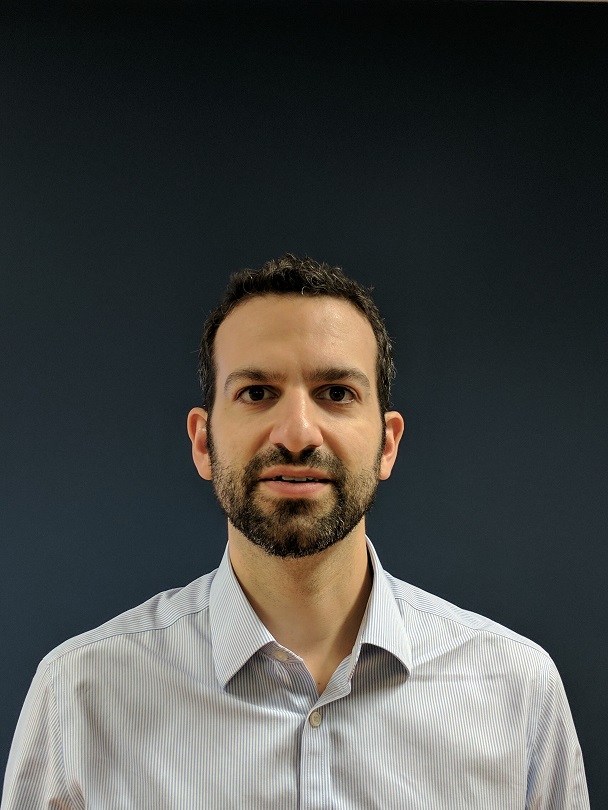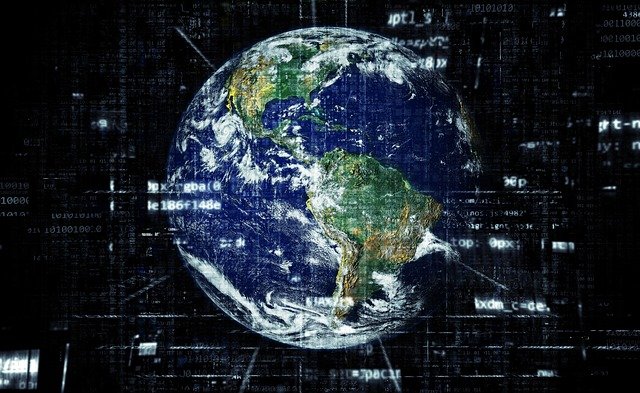Mark Fenton, Product Manager, Future Facilities
Environmental considerations are at the top of every business leader’s agenda and an increasing focus for governments worldwide. For example, in COP 26 discussions at the end of last year, the UK committed to data centers becoming carbon zero by 2050. As a result, there’s growing pressure on data centers – which consume around 1% of global electricity usage – to become greener. Digital twin technology can help data centers reach this goal and achieve additional benefits at the same time.
So, what is a digital twin?
A digital twin is a 3D, virtual replica of a physical data center that can simulate its behaviour under any operating condition or scenario. Using advanced computational fluid dynamics (CFD), the replica can help managers plan changes they intend to make, in terms of layout and technology implementation, in a safe environment. Digital twins provide a clear view of the airflow/cooling systems and the power supplies within the data center and give a physics-based view of how they are operating and allow a sand box to test out potential improvements in a virtual environment. This allows stranded capacity to be freed and cooling to be used at the highest possible temperature whilst maintaining ASHRAE levels, without risk. These capabilities can also be applied to making data centers greener as we’ll explore throughout this piece.
Unlocking efficiency to meet environmental goals
Digital twin technology is already being used by several large global financial services enterprises to unlock operational efficiencies and support green goals.

For example, a top five global financial services organisation recently implemented the technology in its data centers containing high-density racks of approximately 14KW to maximise capacity and fine tune efficiency without risk. With a digital twin, they achieved a holistic view of cooling, space, power, electrical, and reporting, meaning that changes could be made to increase capacity without triggering overheating or/and an outage. By unlocking capacity, they also delayed the need to build a new data center at great financial and environmental savings.
Extending the lifespan of existing data centers
Black & Veatch has also used digital twin technology to increase the lifespan of its customer’s existing data centers. It reassessed its clients’ data centers using digital twin technology and found that the lifespan of their facilities could be extended by maximising capacity and space utilisation, as well as effectively distributing stranded power. By running several modelling scenarios, Black & Veatch established the optimal configuration to yield mechanical systems performance. This ultimately ensured its clients’ existing data center could meet the company’s needs for longer, mitigating the environmental impacts of building a new data center before absolutely necessary or outsourcing to colocation, saving the company millions of dollars.
Financing data centers in an energy crisis
Finally, a digital twin was used for a financial services customer to measure the data center’s availability, capacity, and efficiency to understand its current operational performance. Through physics-based simulation with digital twin modelling the company’s data center reduced the PUE from 2.35 to 2.0, resulting in a $1.15 million saving in energy costs across a 24-month period. This was made possible by integrating digital twins with existing monitoring and DCIM systems to be automatically updated with new deployments, maintenance schedules, and larger capacity project planning. With this, managers could track energy usage and monitor and optimise efficiency for more environmentally friendly outcomes.
While reducing energy usage is vital for the health of the planet, it’s also essential from a business cost perspective. In the context of the current energy crisis, the cost of running data centers is increasing significantly, so operators must think of ways to minimise expenses, and energy efficiency offers a clear road to this.
A new era of data center management
In 2022, data center managers face a whole host of challenges, none more prominent than the climate change battle. As such, data centers have a responsibility to run as efficiently as possible to maximise capacity. Small changes to the data center’s efficiency across large global organisations can make a big difference to the overall business and environmental cost. Not only will this be greener for the planet but will also help protect companies against rising energy prices.


